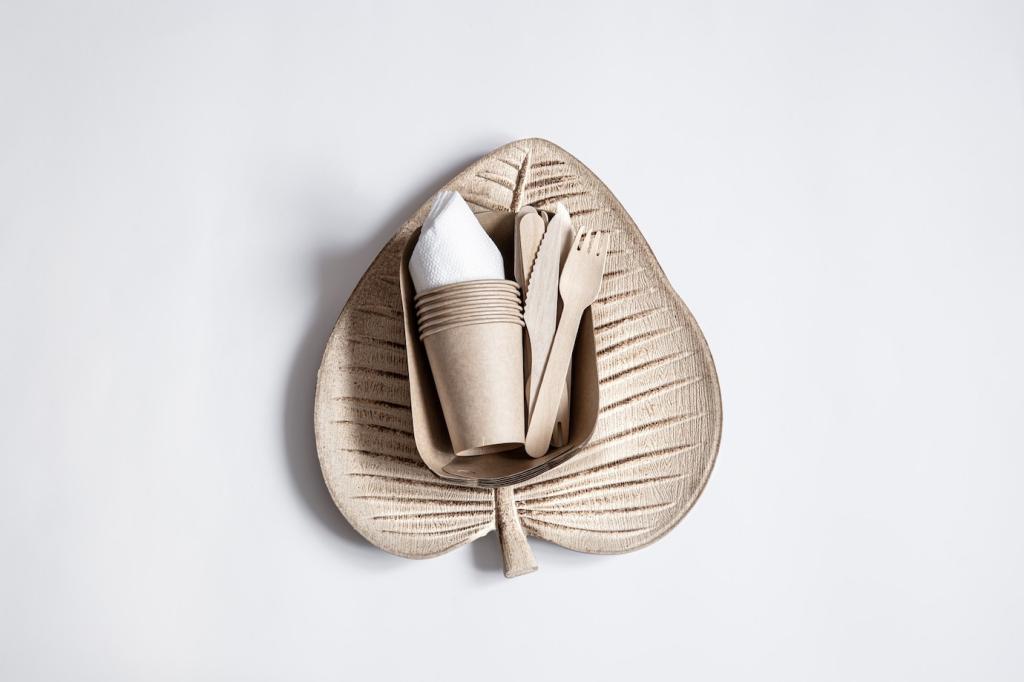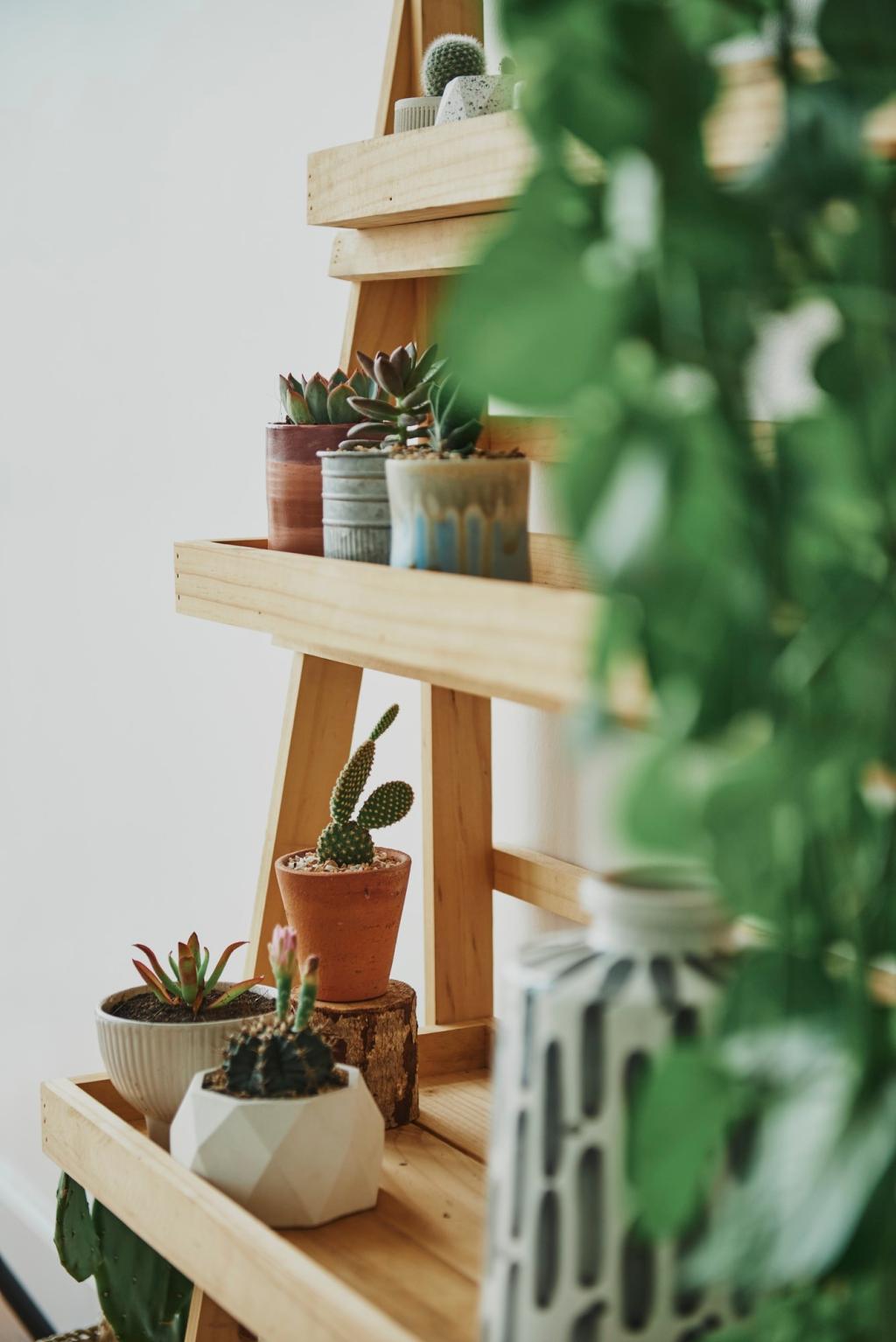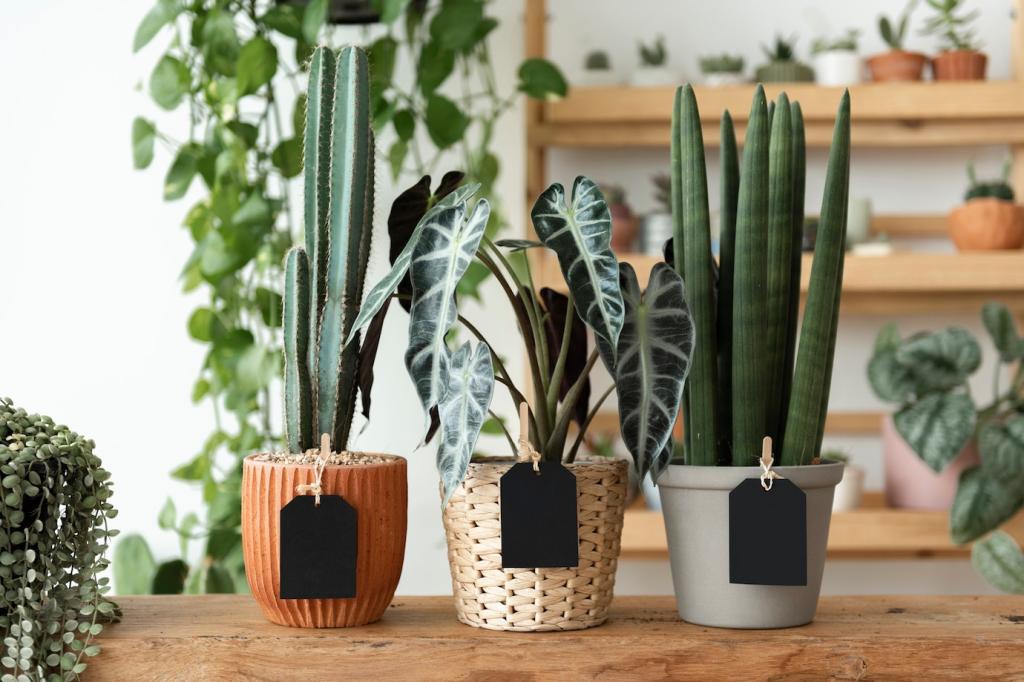Sustainable Materials and Textiles: A Future You Can Wear
Why Sustainable Materials Matter

Clothing begins long before a pattern is cut: seeds planted, forests managed, polymers synthesized, workers paid. Seeing the full journey helps us choose textiles that protect soil, conserve water, and uplift communities.



Regenerated Cellulosics and Novel Biobased Textiles
Lyocell’s Closed Loop, Explained
Lyocell uses a solvent system in a highly efficient closed-loop that recovers and reuses most solvent, reducing emissions and wastewater. Pair with pulp sourced from responsibly managed forests to strengthen the sustainability story.

Recycled Synthetics and Microfiber Solutions
Recycled polyester and regenerated nylon divert waste streams and support circular goals, especially in activewear and outerwear. Ask brands about source transparency, additive chemistry, and recyclability after use to avoid hidden tradeoffs.
Tighter constructions, filament yarns, and anti-shed finishes can reduce fiber loss. Choosing durable knits and avoiding aggressive brushing helps too. Comment if you’d like a comparative test of shedding across common performance fabrics.
Cooler cycles, gentler settings, full loads, and fiber-catching filters or bags meaningfully reduce microfiber release. Share your routine and results, and we’ll compile community-validated tips for cleaner closets and waterways.

Coloring Cloth, Sustainably
Indigo, madder, and marigold can produce vibrant shades when handled skillfully. Small studios blend tradition with modern mordant management. We’ll spotlight artisans—nominate a dyer you love, and we’ll reach out for an interview.
Coloring Cloth, Sustainably
Look for verified chemical management and tested safety claims. Certifications help screen harmful substances and encourage cleaner inputs. Ask brands for mill-level transparency and water treatment details before you buy colored garments.

Certifications can signal organic fiber, safe chemistry, or responsible forestry. Understand scope: fiber content, processing, or chain-of-custody. Save our quick checklist to spot greenwashing and request documentation when claims seem vague.
Certifications, Labels, and Trust
Request fiber origin, processing location, and third-party audits. Inquire about wastewater treatment, worker safety, and take-back programs. Brands notice engaged customers—your questions shape better practices across textile supply chains.
Certifications, Labels, and Trust
Circular Design, Care, and Endings
Choose timeless silhouettes, robust seams, and modular trims that can be repaired or removed. Single-material constructions aid recycling. If you’re a maker, share your favorite construction trick for easier future repairs.
Join the Movement
Share Your Story
Tell us about the piece you wear endlessly—a hemp shirt, a lyocell dress, a repaired sweater—and why it endures. Your experiences guide others making careful, compassionate wardrobe choices.
Subscribe for Material Deep Dives
Each month we unpack a fiber, a process, or a factory visit with actionable takeaways. Subscribe to vote on upcoming topics, from regenerative cotton pilots to next-gen leather performance tests.
Community Challenges and Swaps
Join a month-long care challenge, a repair night, or a swap that keeps textiles in circulation. Propose an event in your city, and we’ll share a toolkit to help you get started.
